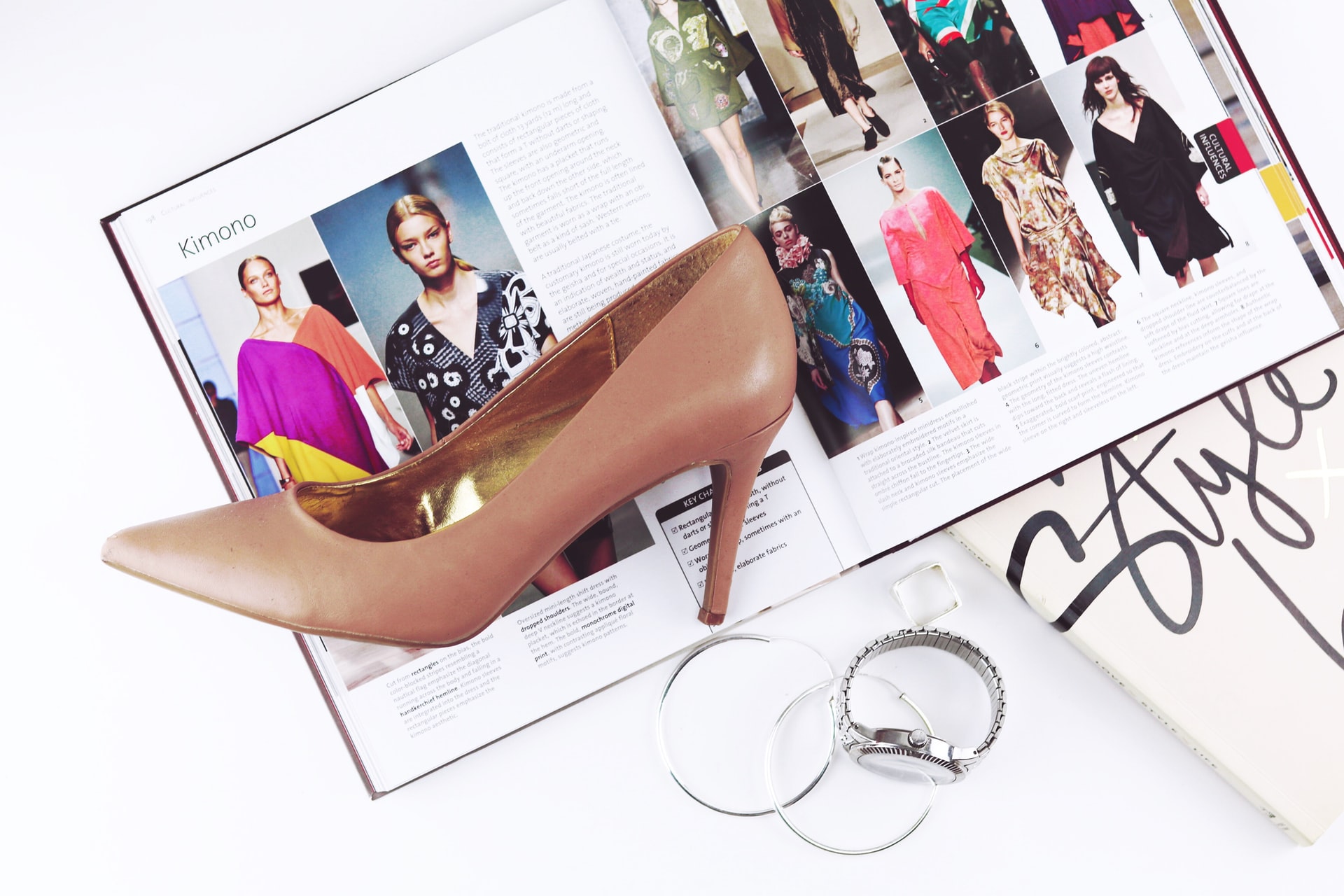

Owing to its assumed and real inaccessibility to understand, pattern making can be quite a mystery. A pattern is the basic template for any clothing piece and is an essential part of the design process. As important as it is to fashion design, it is also a technical and challenging part of the process. For a successful pattern to be drafted, the maker must have a high level of skill and certain aptitudes and ambitions.
We’ll start with an overview of why you’d like to learn design building, as well as a description of the learning experience, the ideal qualities in a maker, specific skills you’ll require, the investment timetable, and even the intellectual development you’ll need to be a good pattern maker.
If you’re going to fashion school to learn the art of fashion design, most programs will include a mix of sewing and pattern drafting classes to cover the industry’s technical aspects. Look for a program that offers extensive manual drafting classes, computer-assisted drafting, and pattern grading, if available.
Let’s use the example of a painting class. To learn the concepts, you must first learn still life, paint live models, learn greyscale, and experiment with positive and negative space. Pattern-making should be approached in the same way. Make a dress, a shirt, a pair of trousers, a skirt, and a jacket, and work your way through the basics of a wardrobe to get a sense of the patterns and the order in which they should be assembled.
Pattern makers are some of the hardest workers you’ll ever meet. They are exceptional problem solvers, and when a designer hands them a concept. Their minds instantly begin to calculate the math and how certain lines and shapes will be achieved in the drafting, how they will sew it, and how to convey it to a team of people who will sew the garment.
When aspiring designers call to create their designs, a professional pattern maker cringes because their job is NOT EASY. Their aptitude, profession, and ability are all valuable assets, but their draft must perform, necessitating a high level of skill. They also don’t want to teach you or argue with you about architecture.
Begin by drafting the basic blocks. Pattern blocks are created using a collection of measurements from a dress shape, a traditional measurement map, your suit model, or your body measurements. Learn how to measure the body first because most people want to draft better potential patterns that suit their body type.
Since the bodice is the most challenging part to fit, most people begin with the front, back, and sleeves. It’s also difficult to draft, and this will tell you whether or not you want to pursue pattern making further. This isn’t even taught in some fashion programs! So, if you’re looking for a fashion program, make sure you inquire if you’ll be guided to draft blocks or if they’ll use pre-existing ones.
If you want to make and sell clothing as an aspiring designer, it is unethical and illegal to take a commercial pattern and turn it into your design and sell it. If this is your dream, you’ll either need to employ a patternmaker or learn how to make one because you’ll need a production pattern to move forward.
If you choose to make your own wardrobe, you can alter existing patterns and add more of your own unique perspective and voice to your patterns’ design. Connie Crawford and Helen Armstrong’s Patternmaking Made Easy tells you how to change design collars, plackets, and facings, for example, to make it look exactly as you want it.
If you’re having trouble fitting your blocks together, you should draw them out and stop there. You can also get a great book on pattern modifications, such as Elizabeth Liechty and Judith Rasband’s Pattern Fitting and Modification, and learn how to examine the fit issues. It can be not easy, but you’ll need to learn some pattern modifications in advanced sewing to make things for your person and unique body.
If you are interested in learning the different types of pattern making in clothing or the pattern making process, education from a good institution is necessary to be successful. JD Institute Of Fashion Technology is one of the best institutes providing courses like pattern making technology, reflecting an industry-centred curriculum to prepare students for the real world. Owing to their exceptional contribution towards education, JD Institute has won several awards of recognition such as the times’ power icon award, international glory award, leaders in education award and many more. They also reflect a record-breaking placement of 99% with their students working for top companies like Zara, Tommy Hilfiger, Sabyasachi etc. and making a name for themselves in the industry such as Maheka Mirpuri, Rocky S and Shane peacock, to name a few. Candidates are selected using a general aptitude test, or GAT, established by the department to help the institute evaluate the candidate’s artistic or creative abilities. After graduation, the JD council provides valuable assistance and enables you to maintain contact with the college and other students. It symbolizes the organization’s mission of assisting members in expanding their business opportunities through a well-organized, positive, and qualified referral program that helps them form meaningful and long-term relationships with quality industry professionals. To take advantage of this wonderful opportunity, enroll now!